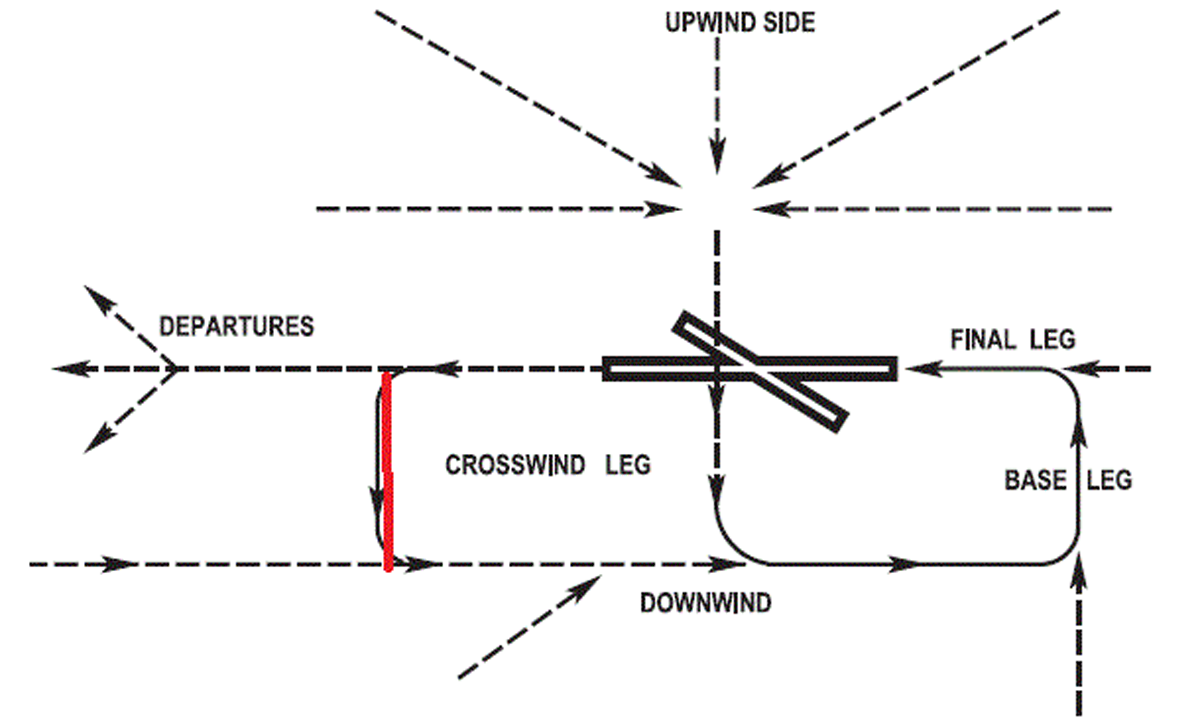Circuits in Canada vs USA
By Ian Brown, EAA 657159, Editor - Bits and Pieces, Board member - EAA Canada Council
July 7, 2022 – I got into one of those argy-bargy things with another pilot while in the circuit at an airport in Florida. I’d approached the airport and descended to circuit altitude about a mile or more out. I crossed mid-field and joined the mid-left-downwind with great visibility of whatever traffic there might have been in the circuit. I got heat from someone for not crossing the field at a higher altitude and doing a teardrop on the downwind side before doing a 45 degree entry to the downwind. He claimed that the FAA was not in agreement that crossing the circuit at midfield at circuit altitude was an approved approach. I don’t know where he got that from. Steve Krog’s excellent article in the May issue of EAA Sport Aviation makes the point that this is indeed one of six approved circuit entry approaches and that it’s one of the better ones. Since we’re coming up to EAA AirVenture Oshkosh 2022, I thought I’d just point out that seeing and communicating are paramount to approaching airports we’ve never been to before, and that “local rules” should not override the need to see and be seen, and to think about the always present possibility that we all have blind spots, below or above the wing, or where ever else. Statistics are what protects us. The likelihood that after travelling 50 or 1,000 miles, we’re in exactly the same airspace as a NORDO aircraft just below us is fortunately slim, but it’s always possible. Also, on this topic is John Wyman’s (EAA 462533) excellent article on radio etiquette in this month’s Bits and Pieces, and why it’s important to communicate clearly and concisely your intentions.
It’s a concern to me that there are some people who believe there’s only one way to join a circuit. One wonders what happens to their ability to READ all the rules. Probably some schools focus on one way of doing things. Of course, the better schools will be teaching their students all of the legal approaches so that students can be aware of traffic from other places. Please raise your hand if you’ve ever been cut off by a NORDO aircraft on a short final (mine said “I’m sorry, my radio battery died”). Another personal example was someone who used a handheld radio and put it on the passenger seat while he took off, the most important moment to be hearing traffic.
For our American subscribers to this newsletter, you may be interested to know that a 45-degree entry to the downwind is a sure sign that you’re watching an American pilot arriving at a Canadian airport.

